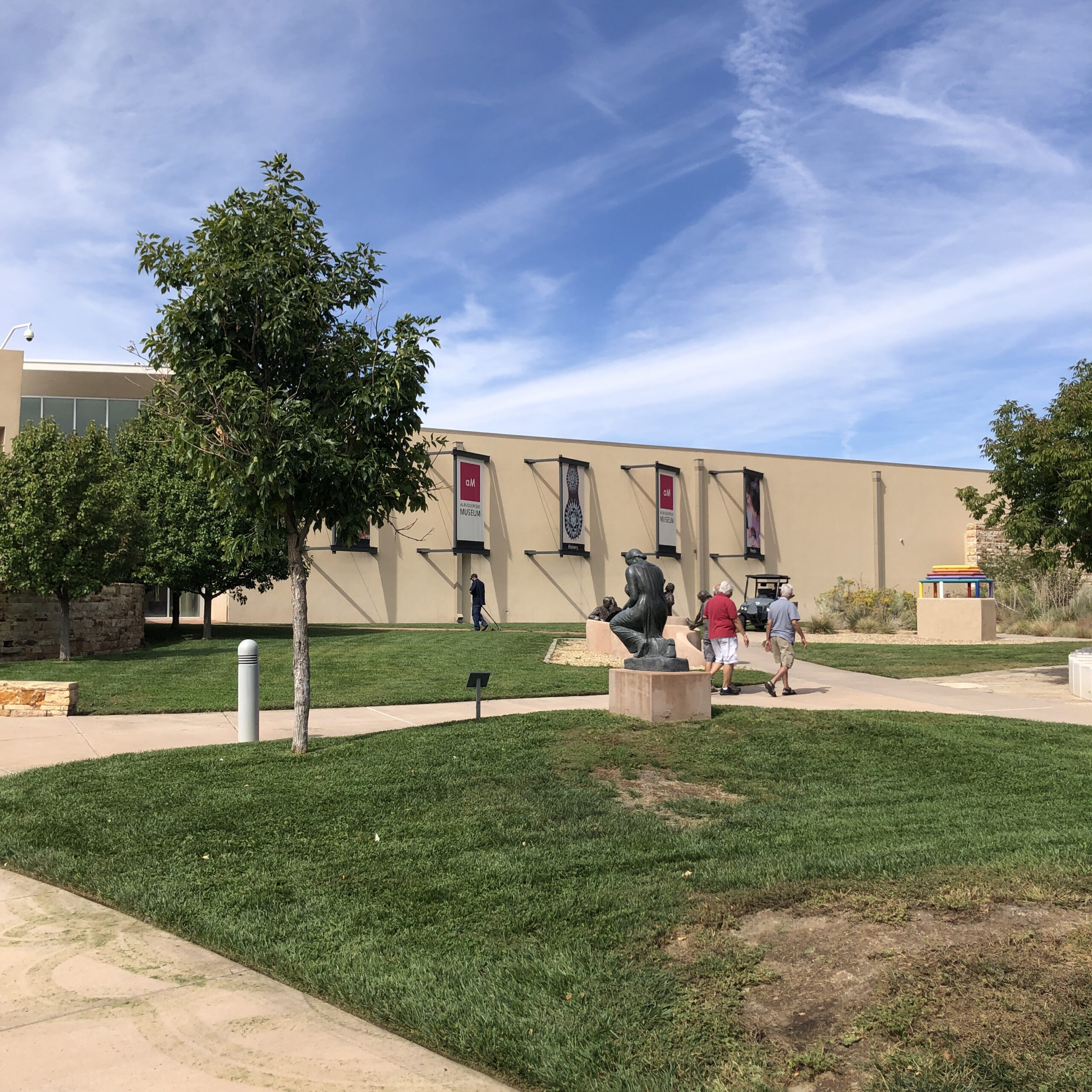
Identity politics are fascinating.
The belief we should be reduced to our race, religion, gender identification, sexual orientation, or even nation of origin seems to come back around, every so often, and occupy the intellectual high ground of American culture.
Personally, I think the advent of identity politics, in the 70’s and 80’s, is one of the best things to ever happen to this country. (And if you’d like to extrapolate beyond our borders, feel free.)
From the 2021 vantage, that it was ever acceptable for all the jobs, all the opportunities, all the press coverage, and all the $$$$ to go to “White Christian Men Only” is laughable, tragic, and most definitely hard to comprehend.
(It’s beyond WTF.)
So the people who fought that, and made space for women, people of color, and those of other genders, religions and sexual preferences, they did us all a solid.
We should, and hopefully do, honor their efforts, which most certainly required sacrifice.
But when I matriculated to Pratt for grad school in 2002, those ideas, particularly as structured by the French Post-Modern theorists Jacques Derrida and Michel Foucault, were back en vogue, and dominated much of the campus discourse.

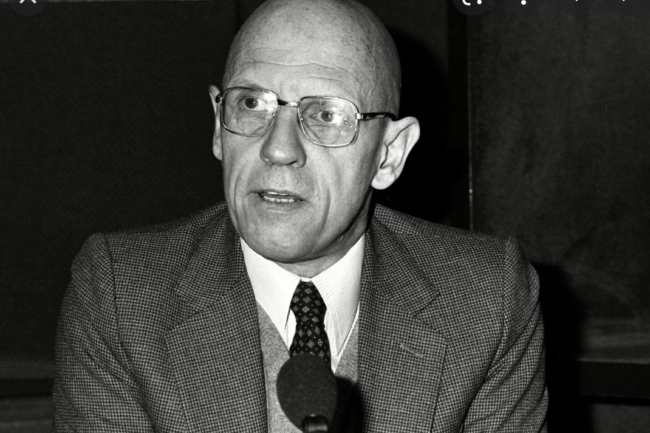
At the time, I’d arrived with a digital project I’d shot in Mexico the previous summer, only to learn there was no existing Digital Photography program at the Graduate level.
Literally nothing.
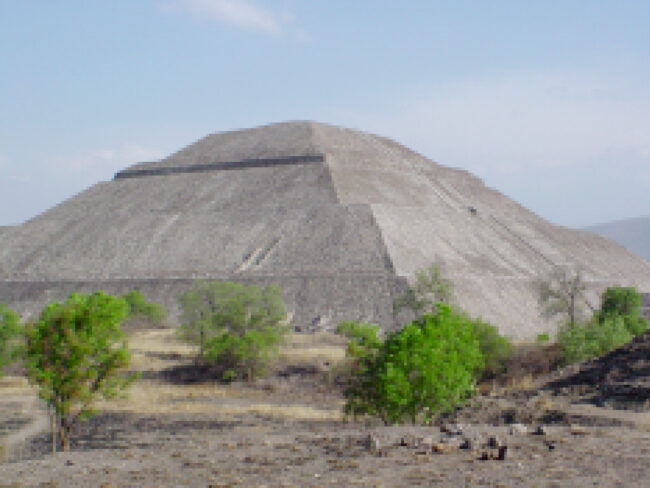
So I was forced to pull bits of knowledge from a variety of departments, including digital art, undergrad photo, graphic design, computer science, and even printmaking.
There I was, seeing the new digital reality, and none of my fellow photographers wanted to talk about it.
I took an Art History class, with the brilliant Marsha Morton, which had the boring title of “The Beginnings of Abstraction,” and it was so dynamic, I still get chills thinking about it.
She had meticulously reconstructed the personal, cultural, and geo-political history of artists like Picasso, Braque, Malevich, Kandinsky, O’Keefe, and others, and taught us the intellectual backstory that led to such a radical change in art.
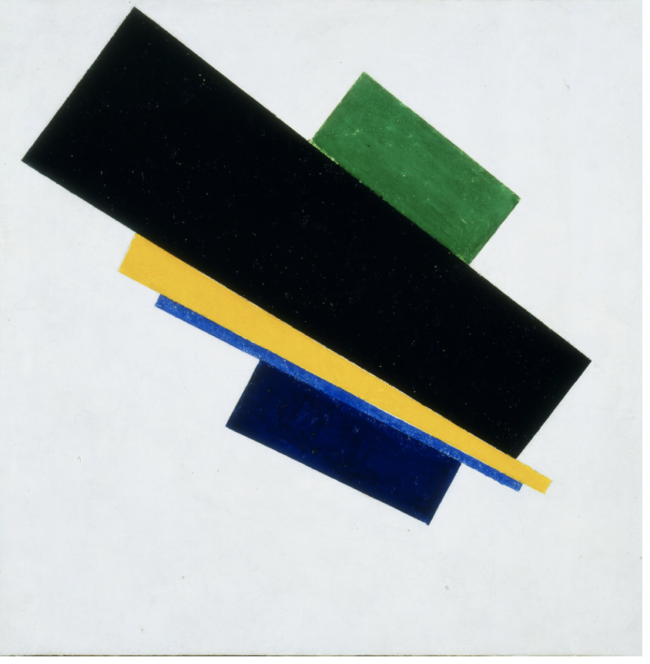
The basic premise was, at the turn of the 20th Century, with the invention of the automobile, airplane, mechanized warfare, the theory of relativity, these changes were so seismic, from 19th Century life, they led to an entirely new world.
I sat in class, at the beginning of the 21st Century, and it was clear such things were happening again.
Just the internet alone, 9/11, and cell-phone-technology, made life almost unrecognizable from the 80’s and 90’s.
So I’d ask, “If life is this different, and our problems are so new, why are we turning to a 30 year old philosophy to explain what the fuck is going on in the world?”
It was less about people battling over race and class, and more the construct that every single sentence anyone says, (or writes,) is so loaded with cultural/identity baggage, that every utterance can be deconstructed, and rendered meaningless.
I wondered what would happen if and when such ideas migrated from the left wing to the right?
(Now we know.)
At one point, in a History of Digital Art class, I proposed a paper theorizing about the impending reality-shift, once images and videos could no longer be trusted, presaging the world of Deep-fakes. (I’d recently read William Gibson’s amazing “Pattern Recognition,” and like many before me, got my big idea from a sci-fi genius.)
The professor couldn’t fathom such a thing happening, nor why it might be important, so she denied my paper idea, and I wrote about Jackson Pollock, Carl Jung, and the Collective Unconscious instead. (Meaning, the part of the human psyche we all share.)
After Marsha’s class, I went around quoting Kandinsky, talking about how art was driven by “Inner Necessity,” and I still use that phrase with my students today.
In 2021, identity politics are of paramount concern again, and over the last month or so, I can not count how many people have wanted to talk to me about it, always confidentially.
(Off-the-record, just-between-us, please don’t quote me, that sort of thing.)
I believe efforts to increase diversity and inclusivity in the arts, in culture, and in our society, are insanely important, and to be commended.
If you’ve been reading this column for 10 years, (or even 5,) you’ll know I’ve always been an “ally,” standing up for disenfranchised people, owning my privilege, reporting on what’s going on out there, learning about and then practicing outreach, and generally trying to be a good dude.
At the onset of the #MeToo movement, I began alternating male and female book artists each week, for a year, and put a submission disclaimer at the end of each book review, soliciting books from artists of color, and female artists, so we could maintain a balanced program.
And still, someone came at me recently, accusing me of having never, not even once, reviewed a book by an artist of color.
It was easily disproven, but still, I responded politely, offered to have dialogue, and respected the other person’s opinion.
(Because in 2021, antagonizing anyone who’s that wound-up never seems to work out well.)
But the reason everyone wants to talk to me about this, (secretly,) is there seems to be a fervor for downgrading or degrading straight White male artists, which feels like it’s bordering on vengeance more than reason.
(Or at least, the idea that such people no longer “deserve” opportunities has become conventional wisdom.)
I’ve compared it to something my people, the Jews, have done, as the Israelis got a country due to 6 million dead in the Holocaust, but then become occupiers and racists of the highest order. (Denying basic human rights to Palestinians, and Israeli citizens of Arab descent.)
Hell, a few years ago, I even tried to re-brand myself as Jewish-American, rather than be known as a White Guy, but it doesn’t seem to have stuck.
As usual, I’m working up to a point, so please bear with me, as this has been on my mind lately, and I always try to find (and share) the nuance in difficult situations.
(While others have their heads hiding behind parapets.)
So allow me to reiterate: it is inherently good that so many people are now going out of their way to cultivate opportunities and support for, to honor and respect BIPOC artists.
All good.
But maybe, just maybe, the world will be a better place if we take some advice from Jesus, and the Golden Rule?
Is that such a radical concept?
I know this article might be controversial.
I get it.
So let’s give it some context.
Just last week, I went to Albuquerque to see two museum exhibitions, and speak to my friend Jim Stone’s Intermediate Photo Class at UNM.
As soon as I got to the city, I headed to the excellent, criminally underrated Albuquerque Museum, (in Old Town,) the site of the exhibition that launched my art career in 2008.
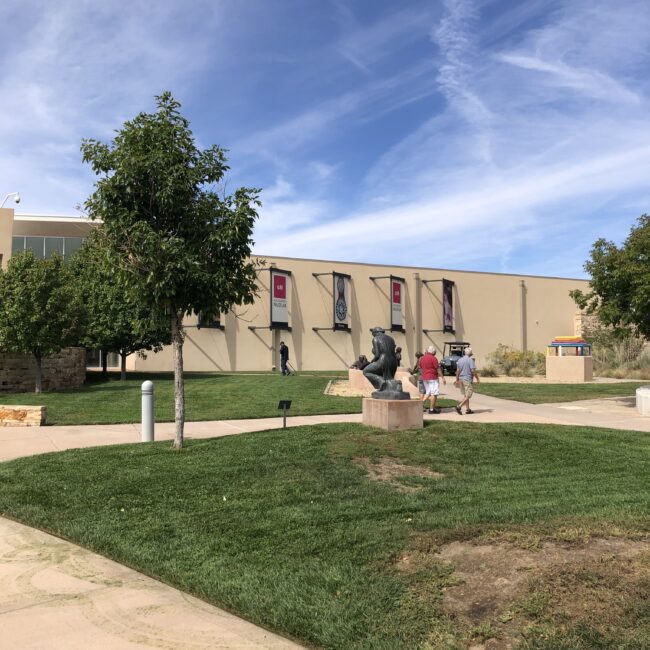
(Though that’s not why I love the place. It’s a genuinely great institution.)
I met up with Adrian Gomez, the arts and culture editor of the Albuquerque Journal, as we’d hit it off when he interviewed me for an article about my work last year.

Adrian and I come from very different backgrounds, and had never spoken before the interview, yet we vibed immediately, and stayed in touch via IG DM’s, and the occasional text.
Though we’re both of the same gender, and love art, we had little in common, beyond a shared sense of morals/ethics, a believe in respecting others, and perhaps an artsy-hipster-energy that is less common in Northern New Mexico than you might think.
We were there to see “Another World, the Transcendental Painting Group,” a show that has unfortunately since closed, which featured Transcendental Paintings by a NM based art movement in the not-quite-mid 20th Century.
Founded by Raymond Jonson, who was also a leading arts educator at UNM, the group made mostly, (but not entirely) abstract paintings that used color theory, and shapes and forms, to communicate spiritual energy. And the exhibition featured work by Jonson, Emil Bisttram, Agnes Pelton, Lawren Harris, Florence Miller Pierce, Horace Pierce, Robert Gribbroek, William Lumpkins, Dane Rudhyar, Stuart Walker, and Ed Garman.
These paintings, which were heavily influenced by the early abstractionists like Kandinsky, Malevich, O’Keefe, and Arthur Wesley Dow, (who taught O’Keefe at Pratt,) were about mining the aforementioned Collective Unconscious, and the ineffable, mystical powers that exist all around us, but are never seen.
They tried to use art to tap into a universality of experience, and of the Universe itself, things often undervalued when we reduce people to their differences, at the expense of any sense of a larger shared understanding.
Adrian was knowledgeable about art, obviously, and we, the two critics, walked around the huge galleries slowly, feeling each painting, and discussing what we thought was going on.
(Including a running joke about how much opium some of them must have been smoking.)
It was clear some paintings, done in very consistent color palettes, filled with cool blues, lavenders, and such, were soothing, and made us feel relaxed and good.
Those tended to have everything line up together, value wise, with respect to color theory.
Then, images that had jarring colors mixed in, or which were based more on oranges, mustards, and ochres, were less pleasing to the eye, less soothing to the body, but they engaged the mind, as the artists were introducing juxtaposition, or dislocation, which makes you think.
There were female artists included, but if I had to guess, all the artists were White.
Adrian shared stories and insights with me, as we walked, and as that is often my job, it felt wonderful to listen and learn, rather than teach and pontificate.
(As I do here each week.)
As soon as we left the gallery, we walked into an education room, which was designed to engage children and citizens, and it was another example of why IRL museums are so vital to our sanity and quality of life.
We walked around the museum some more, and Adrian dropped knowledge bombs, like the fact that NM was once known as the Sunshine State, on its license plates, before rebranding as the Land of Enchantment, as the richer, more populous Florida took the Sunshine State as its own.
Then, as we left the building, we inevitably walked by the famous bronze sculptural installation of La Jornada, about which I wrote during the riot phase of 2020.
Someone was actually shot in the street, right near this piece of art, because some activists were trying to tear down the statue of Don Juan de Oñate, who violently colonized New Mexico, and a right-wing-psycho gunned a man down. (As a creepy, armed militia stood by.)
The installation is over the top, as the artists Betty Sabo and Sonny Rivera created a full wagon-train, with conquistadors, cows, and colonists, and it is life-like, and educational, as nearby plaques include the family names of those who came from Spain. (Some of whom were hidden Jews, fleeing the Spanish Inquisition.)
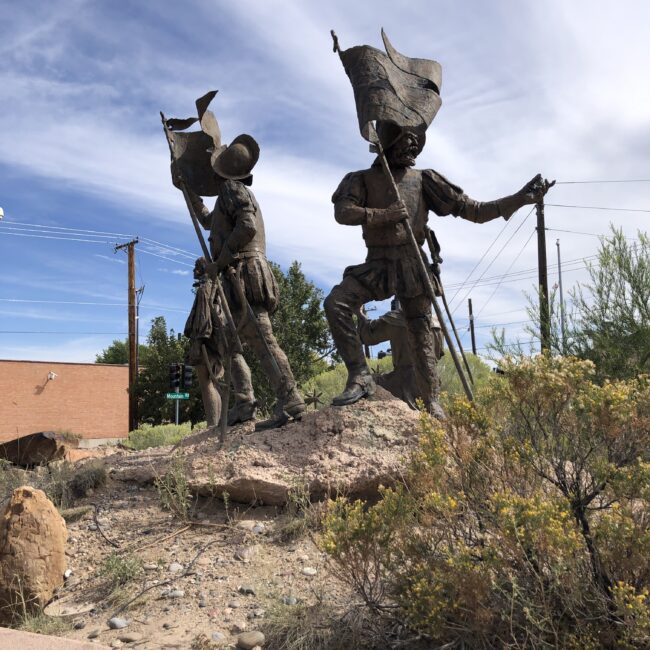
Adrian and I discussed how complicated the situation was, with Spanish New Mexicans traditionally revering their history, and the Native Americans viewing the same events as tragedy and genocide.
As such, after the riot, they hacked out the statue of Oñate, but left the rest of the art piece, and the bronze-man is now locked-away inside the museum. (Though there are apparently still discussions as to whether to remove the entire installation.)
We compared that type of decision with the subsequent removal of Confederate statues that honored men who fought to preserve slavery in the South.
Men who fought to break up America.
The conquistadors, by contrast, were just like the Protestant English Pilgrims.
The English, Dutch, French, and Spanish carved up this country, wreaked havoc, and killed millions of Native Americans. (Or American Indians, to use the term again popular in the NYT.)
It is the shared history of this country, a society built upon blood, yet as Adrian said, “If they hadn’t come here, I wouldn’t exist.”
And neither would I.
If America had not been colonized, my ancestors would still have been in Europe in the mid-20th-Century, and would all have been gassed, shot or burned alive by Adolph Hitler and the Nazis.
America has created evil in this world, and I have personally written about the injustice of the American Conquest, and the history of slavery, more times in this column than I can remember.
But as an artist, and a critic, I wasn’t so sure that cleaving off Oñate from the rest of a piece of history was entirely the right move.
I understand why others feel that way.
But people getting shot over art makes me think of the Taliban.
Or the Cultural Revolution in China.
Is that really the best we can do?
It was time to move on, so I drove through some California-style-gentrification, and the first California-style-sidewalk-tent I’ve seen in Albuquerque, and got to UNM in time to meet Jim Stone for lunch.
There were big, white tents set up on campus, where musicians practiced violin, or students studied outside, as concessions to our current Covid reality.
It was great to be back at my alma mater, (Post-Bac 1997-99,) and after a nice teriyaki chicken lunch outside the Student Union, I chatted up Jim’s class for an hour.
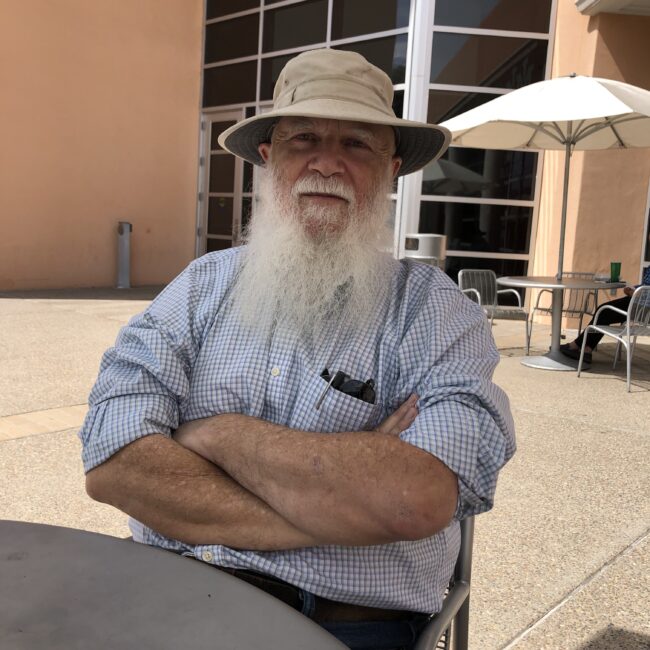
All five students were either Native American, Hispanic, or female, (or some combination thereof,) and their teacher was a bearded White guy. (Who was named SPE honored educator in 2016.)
We talked about how hard it was for them, having their entire first year online, and they treated me with so much respect, as I did them.
Jim asked me to talk about the festival circuit, and portfolio review industry, as the non-profit organizations that run them offer the opportunity for community, education, and camaraderie after students leave the University nest.
I empathized with the students, and shared my knowledge and passion with kindness, and it felt wonderful to be back in a classroom in 2021.
I try to find nuance in things, as Jews are reputed to “run the world,” yet we’ve been attacked, killed and discriminated against for Millennia.
Growing up, it was implied we should hide our “Jewishness,” for fear of being persecuted, so I don’t really identify as a “person in power.”
But I grew up with some privilege, as I’ve admitted here before, and have always tried to use my platform to support others.
Which I will continue to do.
And starting with my next book review, I’ll re-institute our call for submissions by artists of color, and female photographers.
Not b/c someone suggested I was racist, (when I identify as Woke,) but because outreach is vital.
And just so we’re clear, I previously removed the submission info because I have nearly a year’s waiting list for review, and it seemed unethical to call for books, knowing I’d have to make people wait so long. (Though I do tell that to any artist who looks me up on his/her/their own.)
As my time in ABQ wound down, but before I headed to the Asian market for some groceries, I went to the UNM Art Museum, which recently re-opened after being closed for more than a year during the pandemic.
Though it’s known for its brilliant photography collection, begun by former professor Beaumont Newhall, (who founded the photo department at MoMA in New York,) there was a painting exhibition by Raymond Jonson, who as I said was a big deal on campus back in the mid-20th-Century.
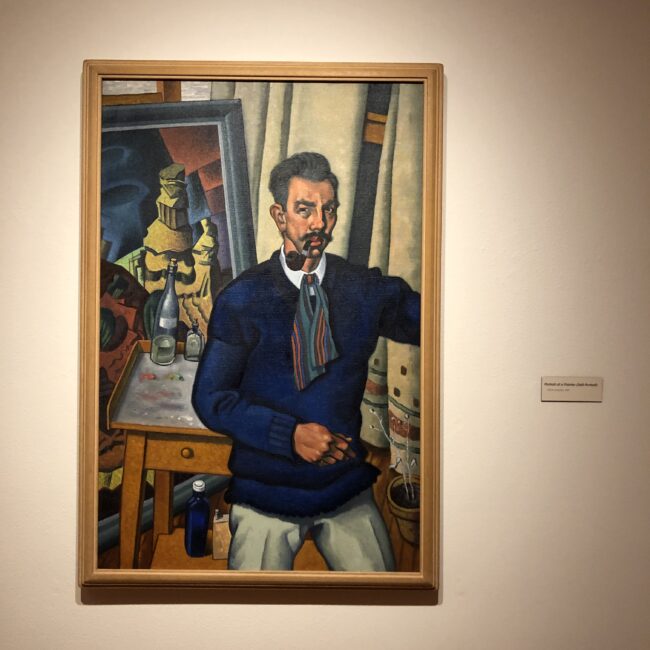
I saw more of his paintings in one day than I had in my lifetime, yet this exhibition, decontextualized from the larger Transcendental movement, was less satisfying than the one at the ABQ Museum.
Fortunately, while the other exhibition has closed, this show will be up for a while, and the museum is free, so I highly recommend you check it out if you’re passing through NM. (Or if you live here.)
While the vibe at the ABQ Museum was ethereal, this was squarely in the trippy, strange territory. (I called it super-funky to Mary Statzer, who curated the exhibit, and she found that term on-point.)
The bulk of the exhibition was built around triptychs and mini-series, and feels spectral, or like Aliens were just around the corner, and maybe that’s just right for New Mexico in 2021.
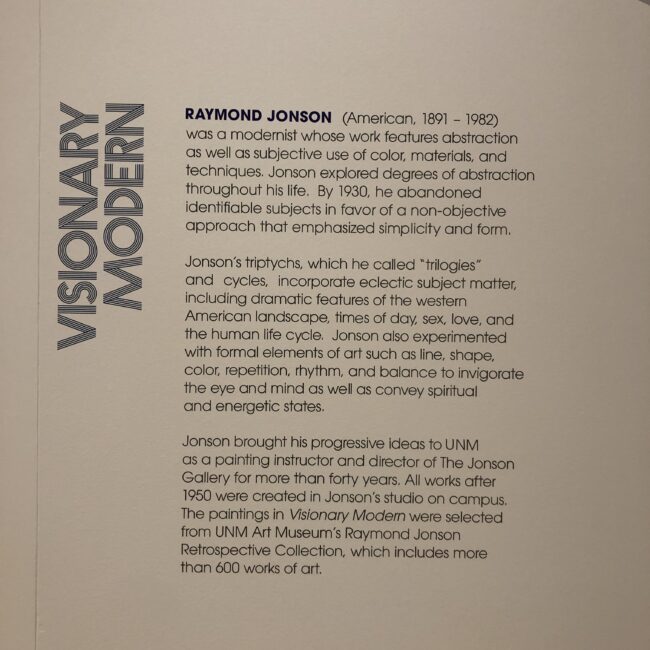


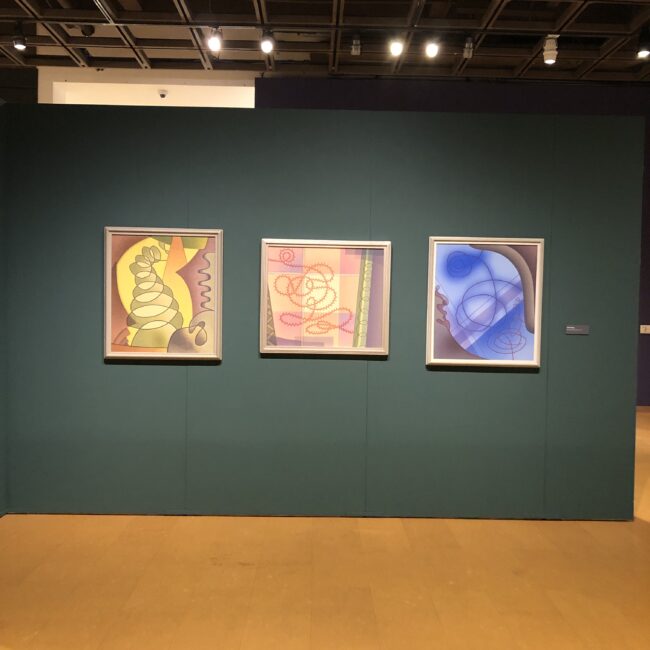
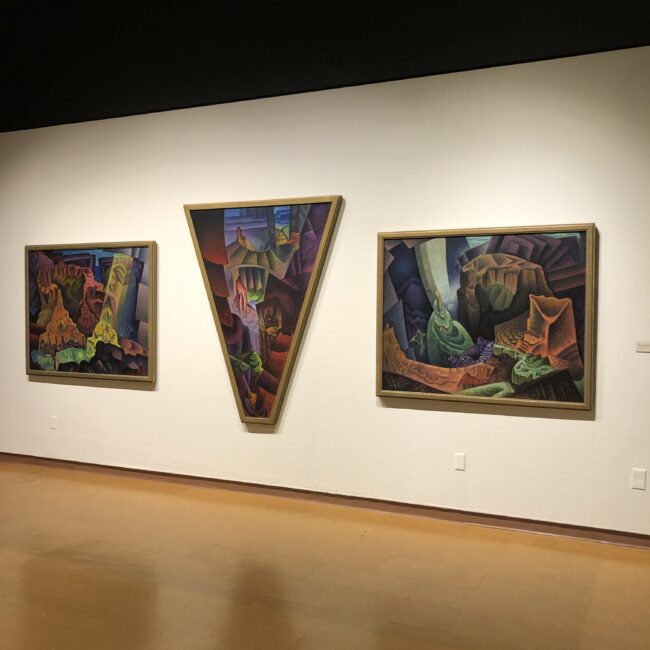
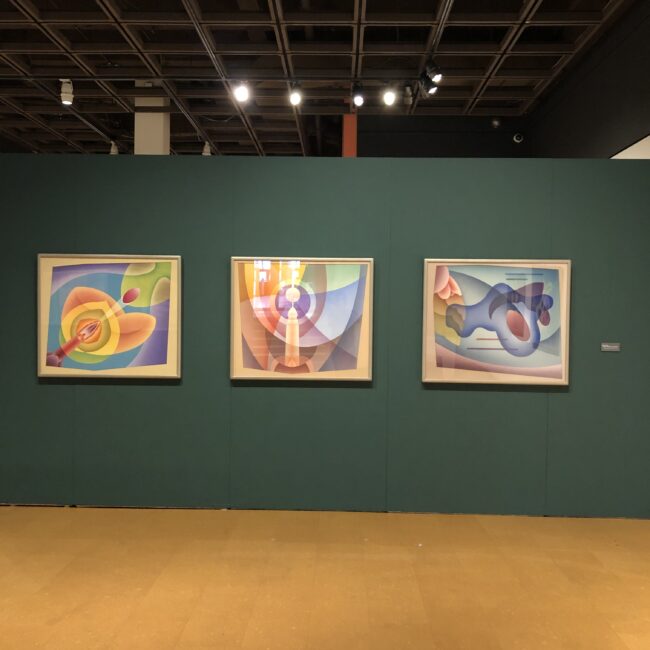
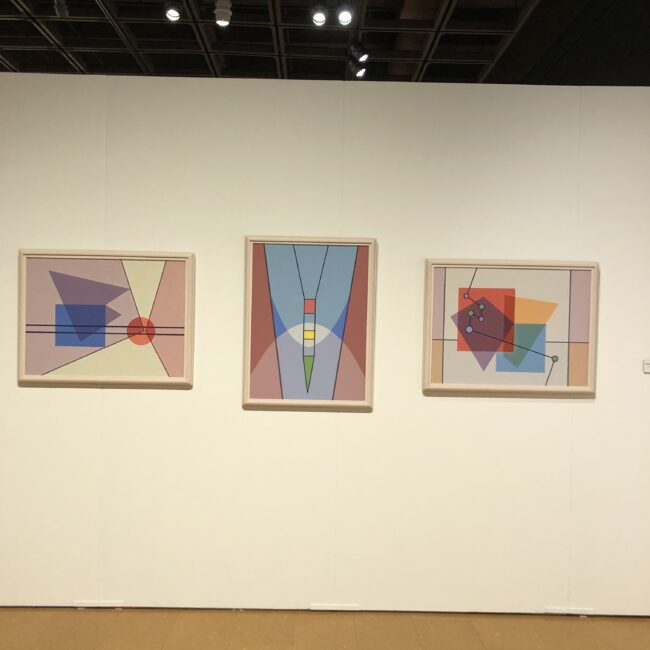
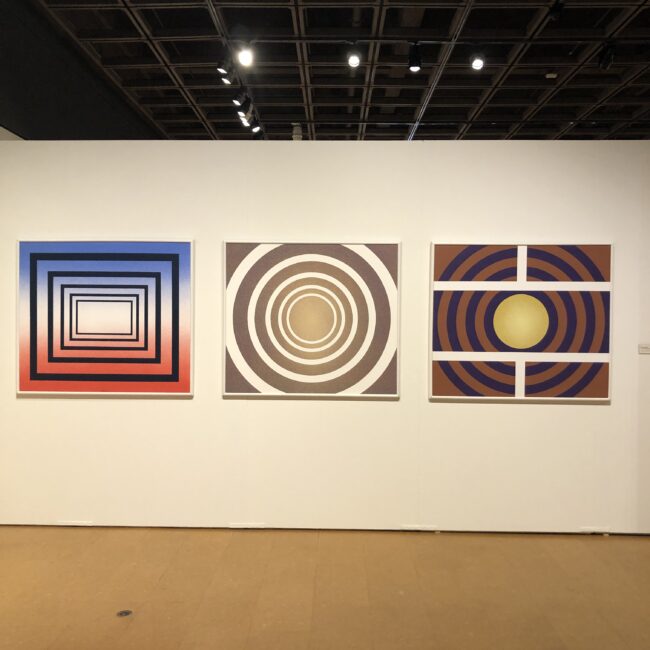
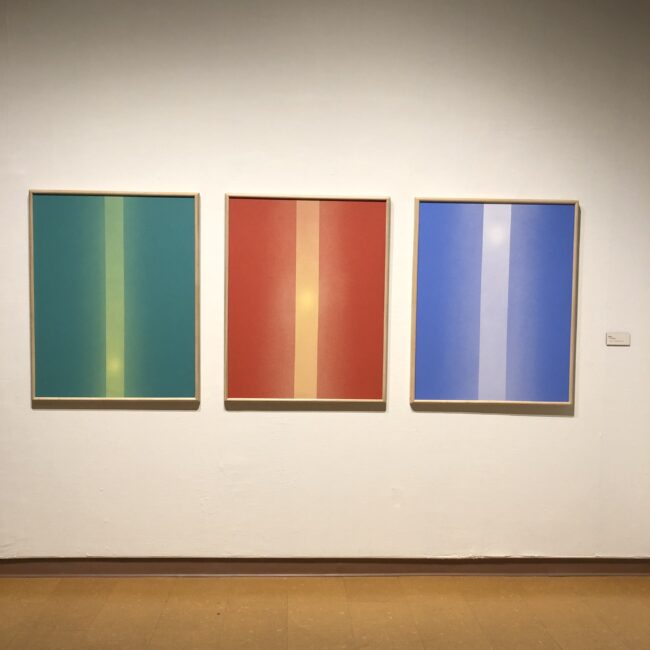
In an alcove, separate from the rest of the work, were portraits, which were pretty phenomenal, so Raymond Jonson, (of Iowa, having done a stint in Chicago,) was clearly a talented dude.
But one portrait from 1919, of a prominent actress, Miriam Kiper, rubbed me the wrong way.
Her name was Jewish, her nose was exaggerated, as were her eyes, and hands. It seemed to be touching on Anti-Semitic tropes, and I felt bad inside.
(In 10 years of writing this column, I’m pretty sure I’ve never made that accusation before.)
I know such ideas were more acceptable back then, or perhaps Raymond Jonson was not even aware of his “implicit bias.”
Still, it never occurred to me to complain, or protest.
To demand the museum remove the painting.
Or destroy it.
Others are more comfortable with censorship, or the belief that if they get offended, the perpetrator of such offense is bad, or the enemy.
Worthy of punishment.
I understand ideas go in and out of fashion, and you will NEVER find me defending Robert E. Lee, or Donald J. Trump.
But maybe, just maybe, we can all walk back from this current, contentious ledge together?
America, as we know, is broken.
And perhaps it’s time we stop waiting for someone else to fix it?
Maybe it’s time to pull on our work gloves, cut each other a bit of slack, and do the heavy lifting ourselves?
Together.
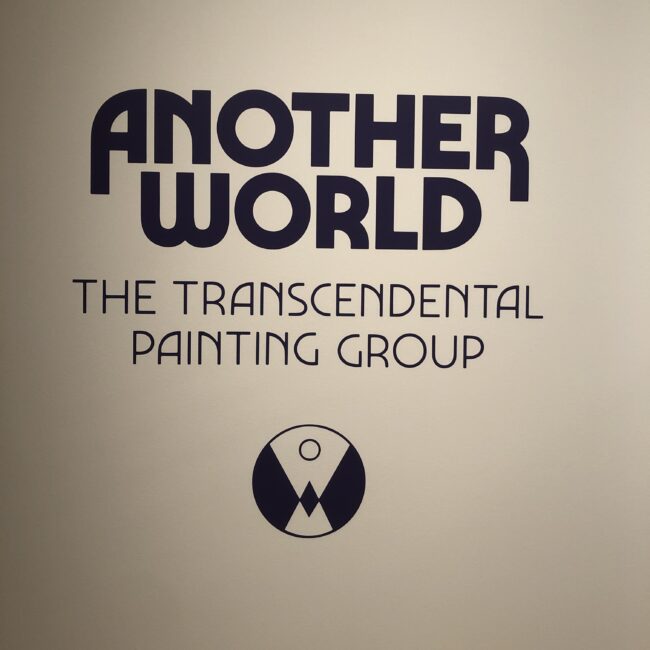
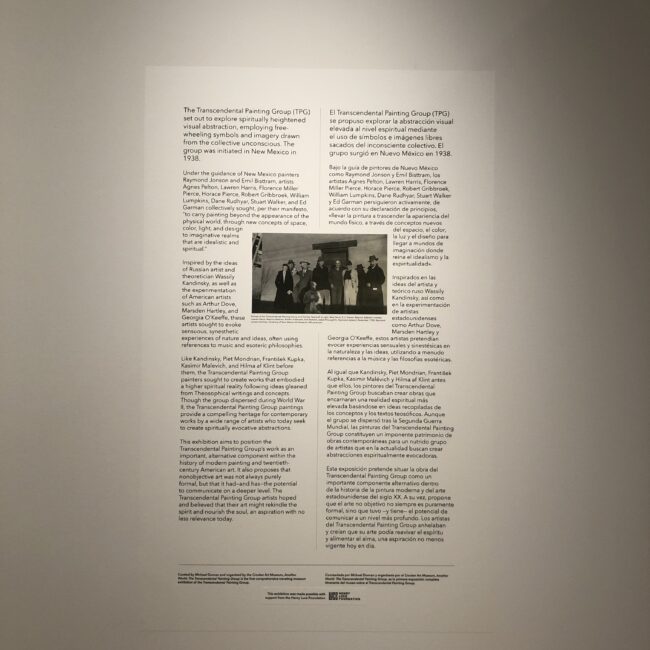
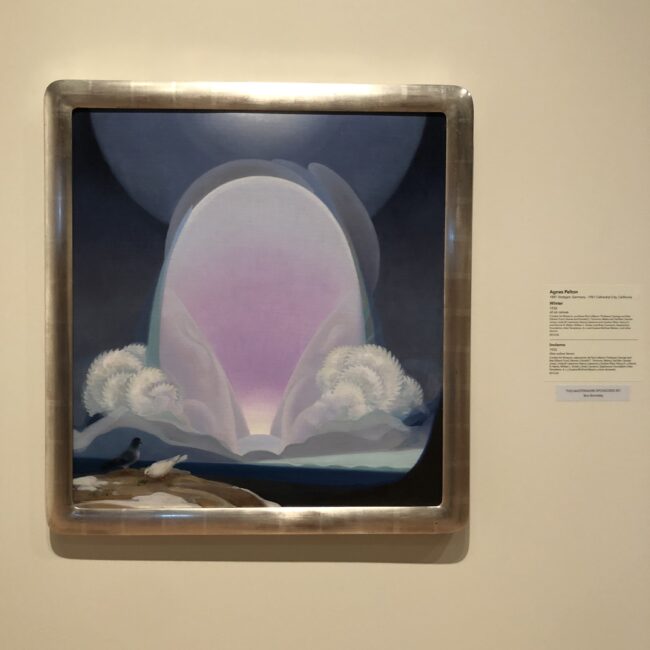
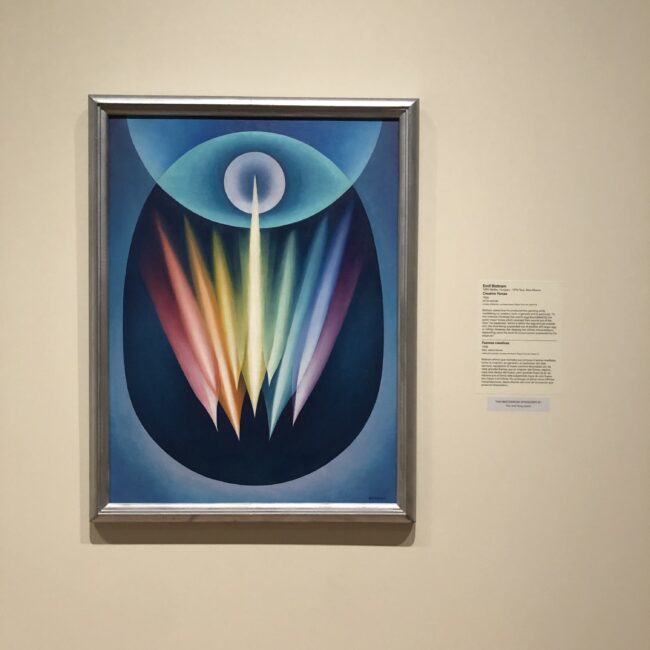
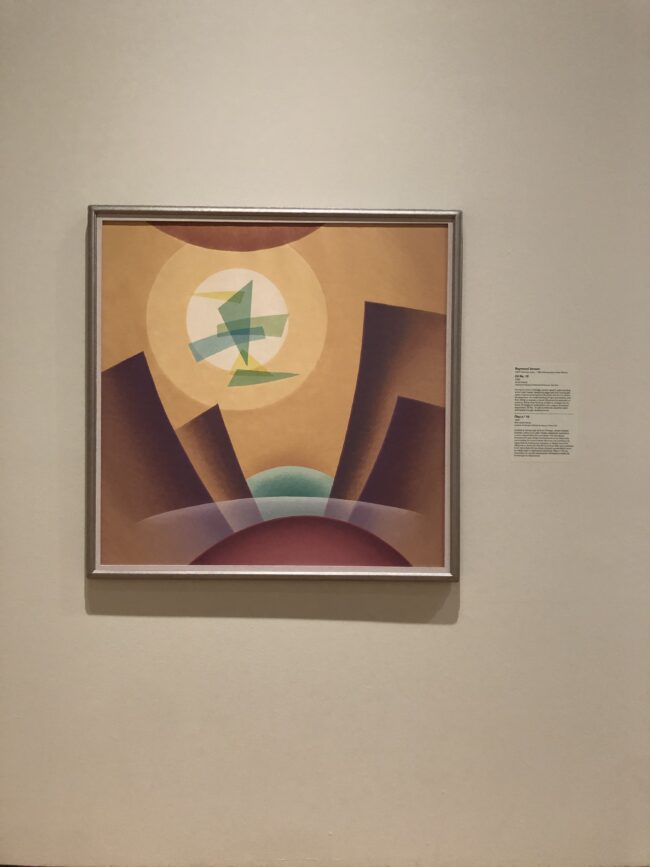
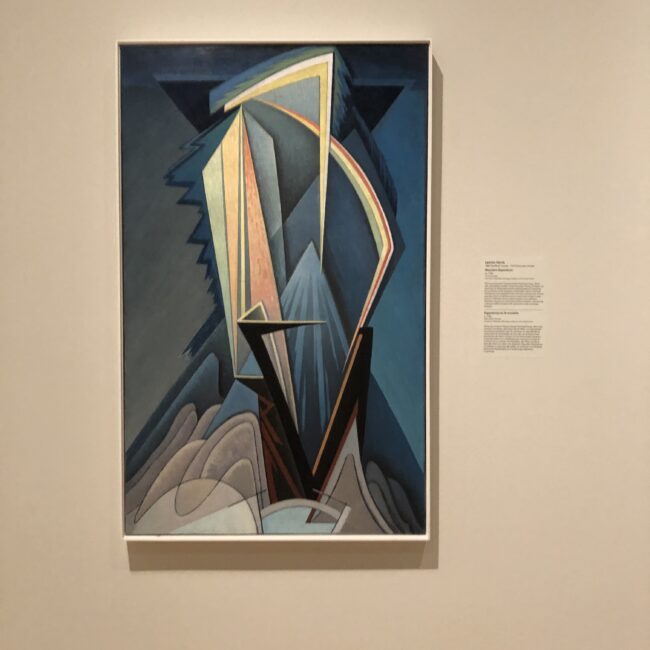
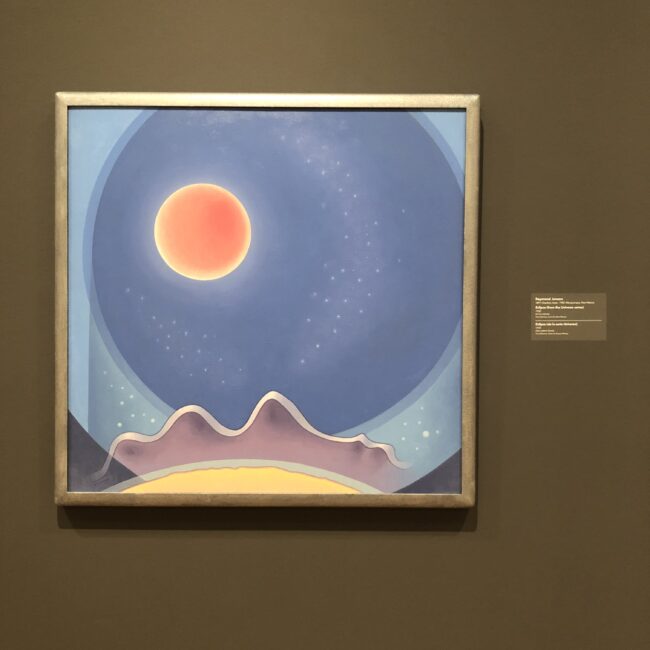

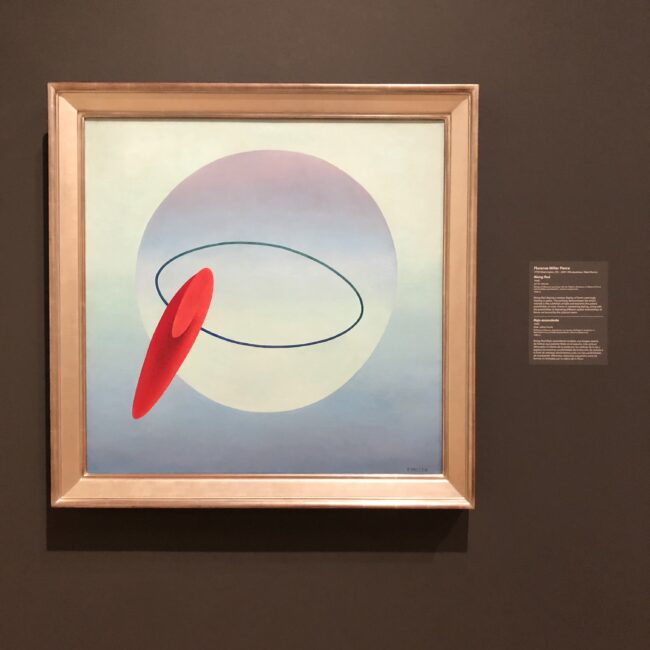


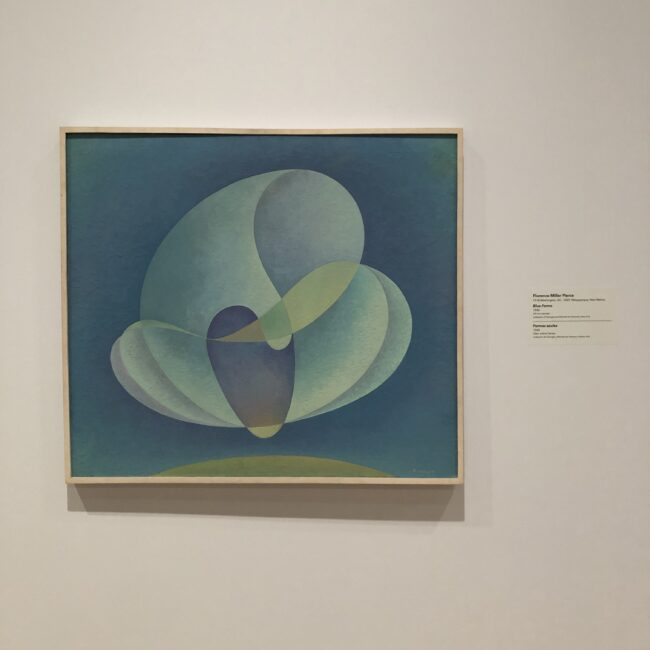
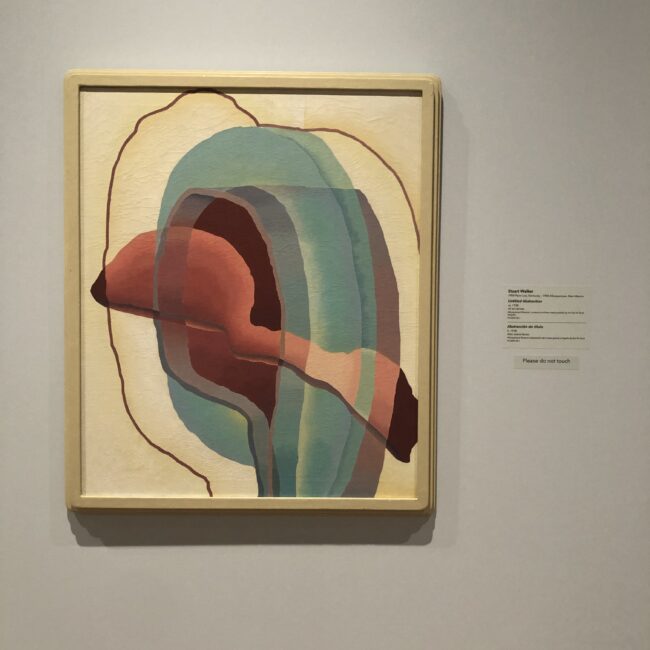
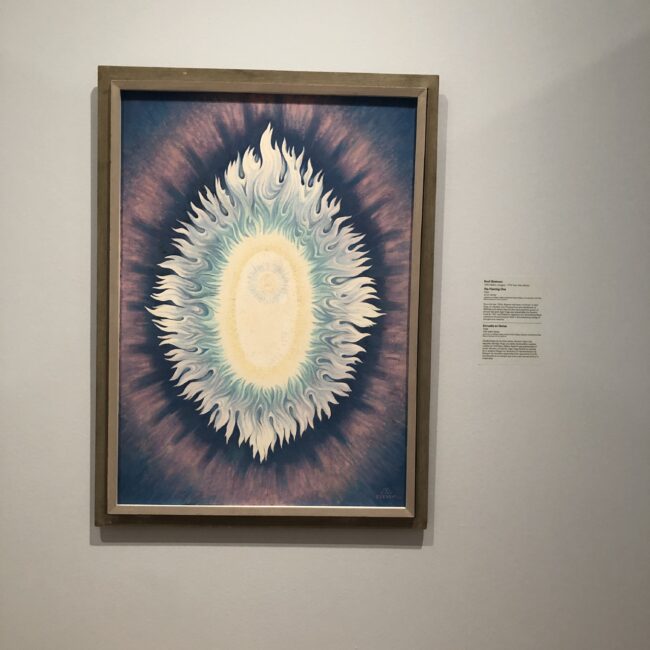
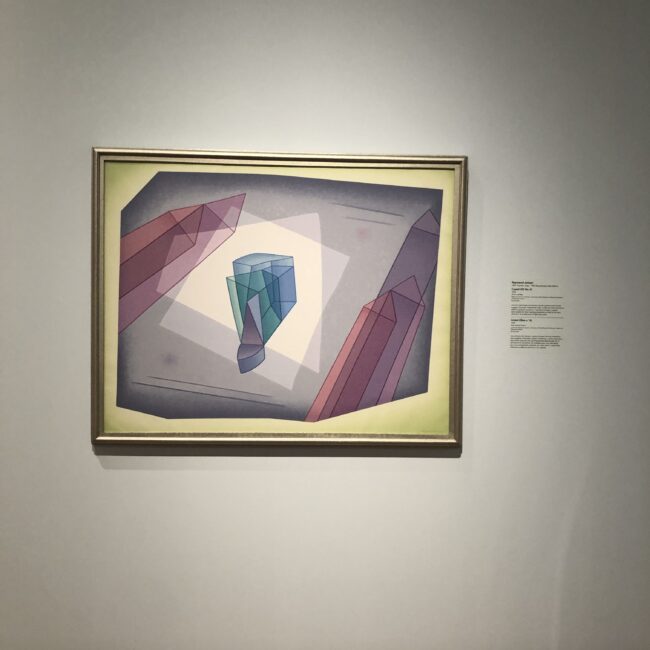

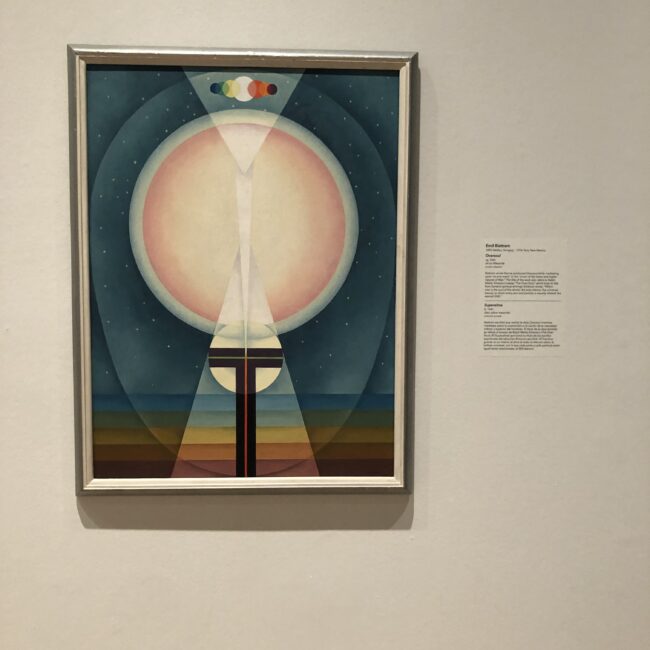
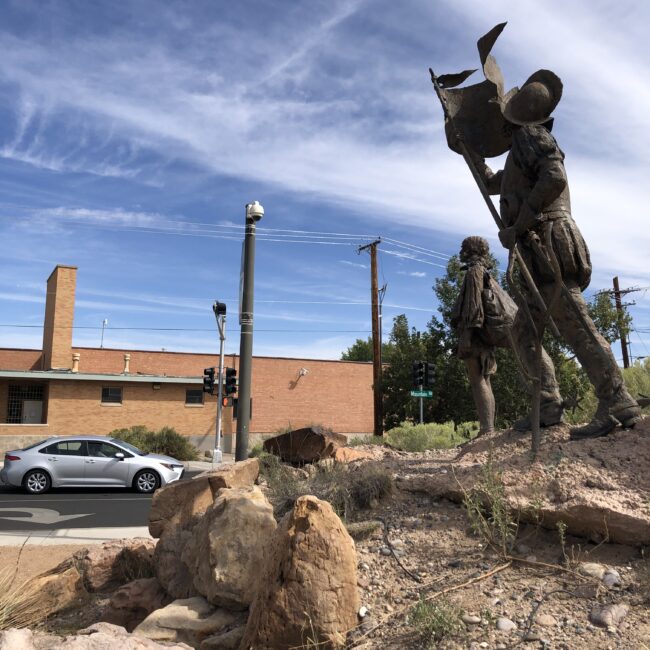

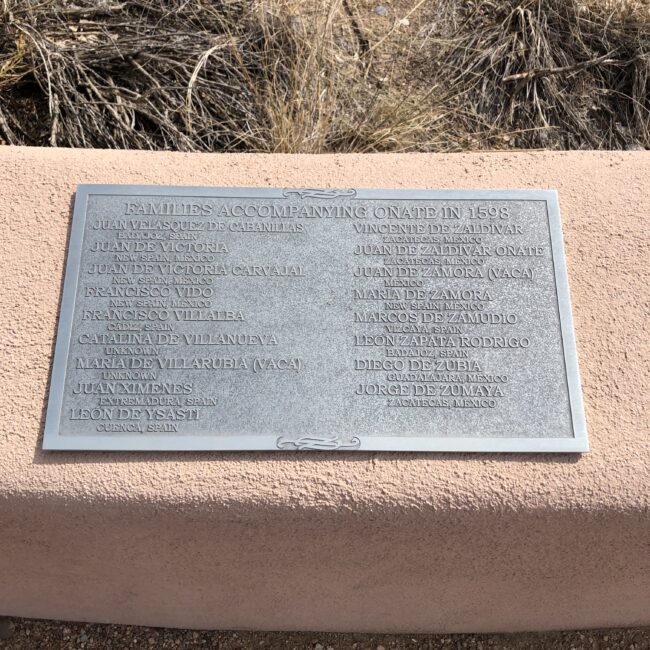
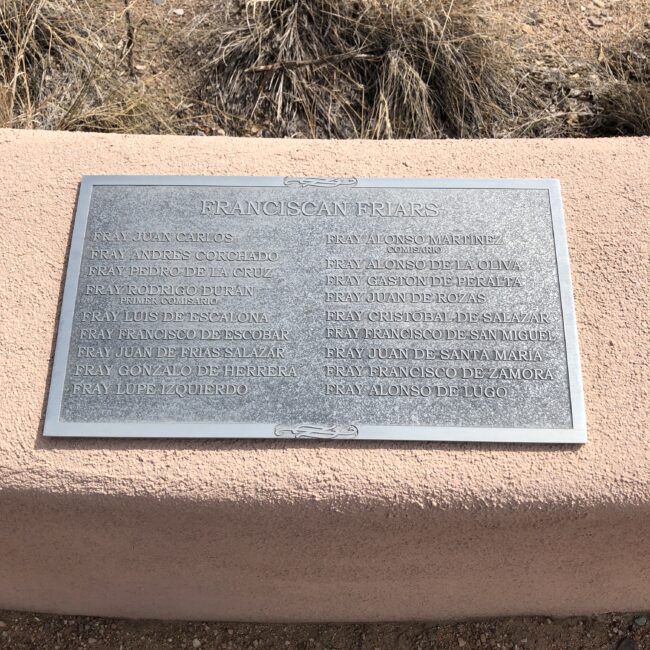

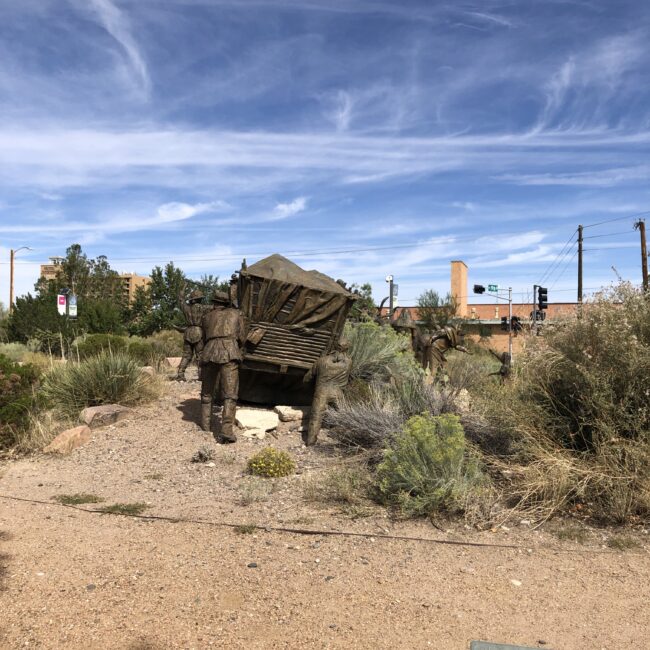
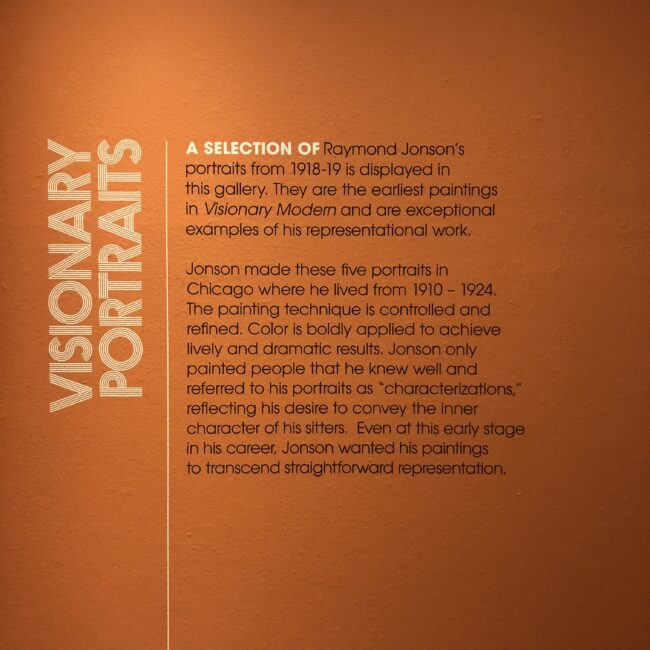

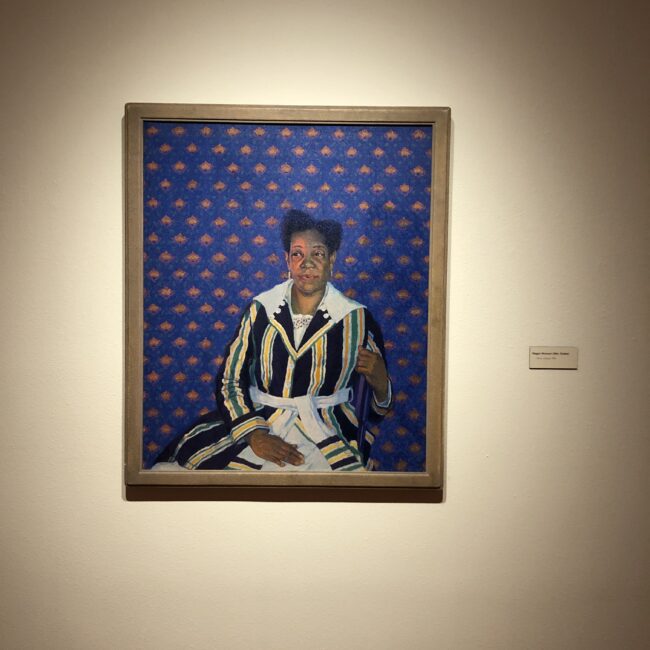
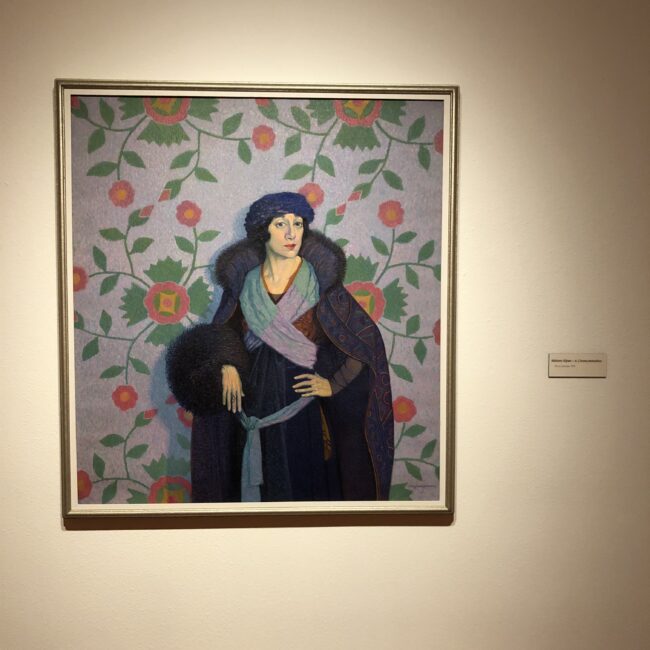
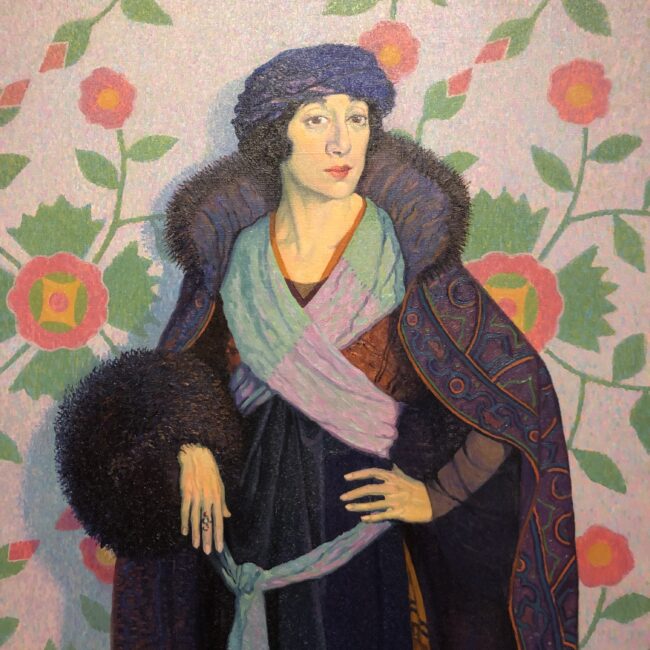
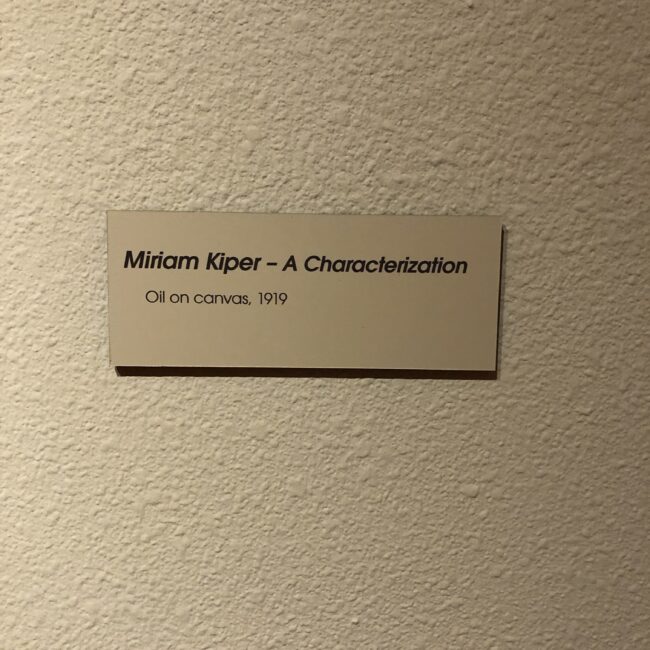
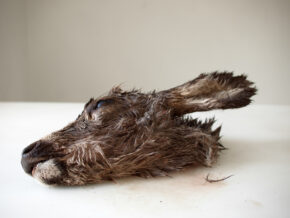
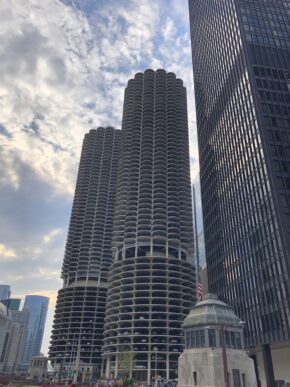
1 Comment
“America, as we know, is broken.And perhaps it’s time we stop waiting for someone else to fix it? Maybe it’s time to pull on our work gloves, cut each other a bit of slack, and do the heavy lifting ourselves?” I fully agree. I love your posts and reviews and cherish your viewpoint as it varies from mine at times and I welcome diverse POV’s in all forms. My advice for all of us, fire the lobbyists, term limits of 1 term and done for all crappyticians, make it illegal for any and all corporate money donations to all politicians, limit campaigns to 90 days with a quiet period of 5 days.
before the elections. We also need to reign in the power of the national DNC and RNC who seem to run this country and it’s agendas. And an independent non-governmental agency that has veto power over all spending by Congress would make me a very happy man. Maybe then we the people stand a chance of getting our country back. Keep up the good work!!!
Comments are closed for this article!